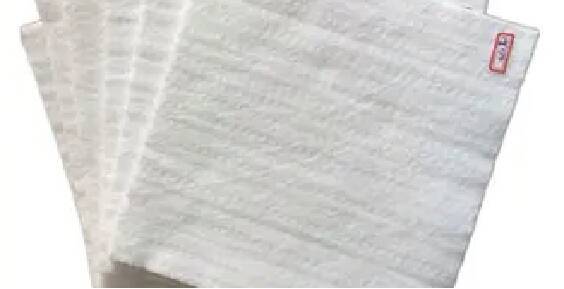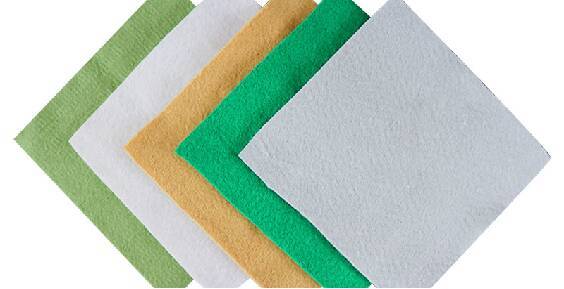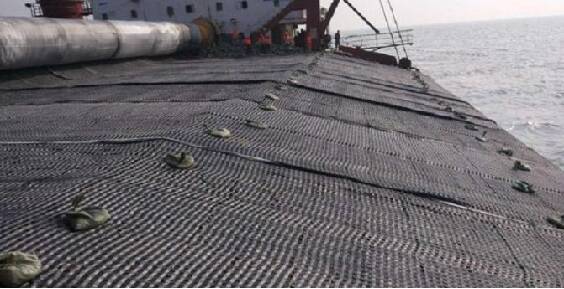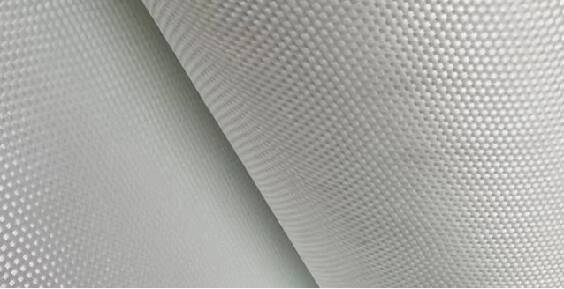-
About UsZHONGTAI HENGBANG Engineering Technology Co., Ltd. is located in the Academician Entrepreneurship Base of Tai'an National High-Tech Industrial Development Zone, Shandong Province. The company is a comprehensive service provider specializing in engineering consulting and design, materials R&D and manufacturing, as well as operations and maintenance. With strong technical expertise and robust R&D capabilities, its products are primarily applied in critical areas such as water conservancy infrastructure projects, transportation infrastructure initiatives, and environmental protection solutions for isolating and preventing leakage from urban waste and highly hazardous industrial solid waste.

-
ProductsZHONGTAI HENGBANG Engineering Technology Co., Ltd. boasts production lines sourced from countries including Germany, Italy, Denmark, Belgium, and Switzerland, adhering to rigorous quality management systems and testing standards. We are equipped with advanced testing equipment capable of evaluating tensile strength, creep resistance, UV protection, water permeability, flame retardancy, antistatic properties, chemical corrosion resistance, and oxidation performance.

-
Application CasesThe product is primarily used in hydraulic infrastructure projects, transportation infrastructure projects, and environmental protection applications—including the isolation and impermeability of municipal waste and highly hazardous industrial solid waste.

-
BlogPrioritizing technological advancement and innovation, our company is committed to fulfilling user needs to the fullest extent possible.
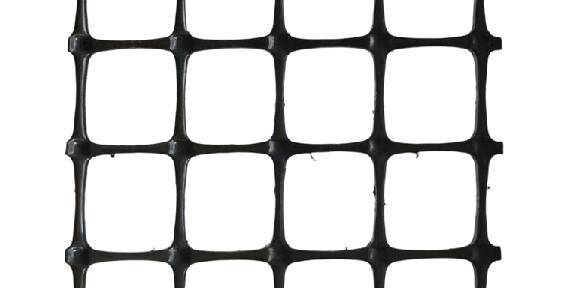
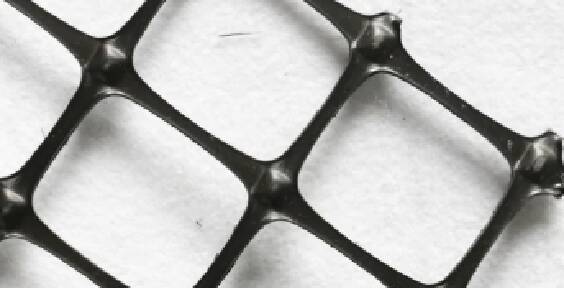


Plastic Geogrid
Plastic geogrids are mesh-like geosynthetic materials made from polypropylene (PP) or high-density polyethylene (HDPE), produced through an extrusion and stretching process. Featuring a uniform grid structure, they are lightweight, highly resistant to corrosion, and boast excellent tensile strength. Primarily used in applications such as subgrade reinforcement, slope protection, and soft ground treatment, these geogrids enhance the overall integrity of soil structures while effectively preventing deformation.
Keywords:
Detailed description
Corrosion-resistant and anti-aging with a long service life: Resistant to acids, alkalis, and UV rays—no need for防腐 treatment—and designed to last over 30 years. Perfectly suited for saline-alkali soils and humid environments.
Plastic geogrids are mesh-like geosynthetic materials made from polypropylene (PP) or high-density polyethylene (HDPE), produced through an extrusion and stretching process. Featuring a uniform grid structure, they are lightweight, highly resistant to corrosion, and boast excellent tensile strength. Primarily used in applications such as roadbed reinforcement, slope protection, and soft ground treatment, these geogrids enhance the overall integrity of soil structures while effectively preventing deformation.
Product advantages:
Lightweight and high-strength, with easy construction: Weighing only 1/5 as much as steel-plastic composites, it boasts tensile strengths ranging from 20 to 80 kN/m, enabling efficient manual or mechanical installation.
Corrosion-resistant and anti-aging with a long lifespan: Resistant to acids, alkalis, and UV rays—no need for防腐 treatment—and designed to last over 30 years. Perfectly suited for saline-alkali soils and humid environments.
Economical and practical, with broad applicability: Cost-effective compared to steel-plastic or warp-knitted geogrids, making it ideal for medium- to low-load applications such as highways and landscaping projects—offering exceptional value for money.


Get a product quote
We’re here to help you every step of the way! Please fill out our inquiry form, and our team will respond promptly.
Recommended Products
Strong technological capabilities and robust R&D expertise
Laminate Film Machine-Woven Fabric
ZHONGTAI HENGBANG Engineering & Technology Co., Ltd.
Address: East Section of Zhongtianmen Avenue, Tai'an High-tech Zone, Shandong Province
Service Hotline

COOKIES
Our website uses cookies and similar technologies to personalize the advertising shown to you and to help you get the best experience on our website. For more information, see our Privacy & Cookie Policy
COOKIES
Our website uses cookies and similar technologies to personalize the advertising shown to you and to help you get the best experience on our website. For more information, see our Privacy & Cookie Policy
These cookies are necessary for basic functions such as payment. Standard cookies cannot be turned off and do not store any of your information.
These cookies collect information, such as how many people are using our site or which pages are popular, to help us improve the customer experience. Turning these cookies off will mean we can't collect information to improve your experience.
These cookies enable the website to provide enhanced functionality and personalization. They may be set by us or by third-party providers whose services we have added to our pages. If you do not allow these cookies, some or all of these services may not function properly.
These cookies help us understand what you are interested in so that we can show you relevant advertising on other websites. Turning these cookies off will mean we are unable to show you any personalized advertising.


